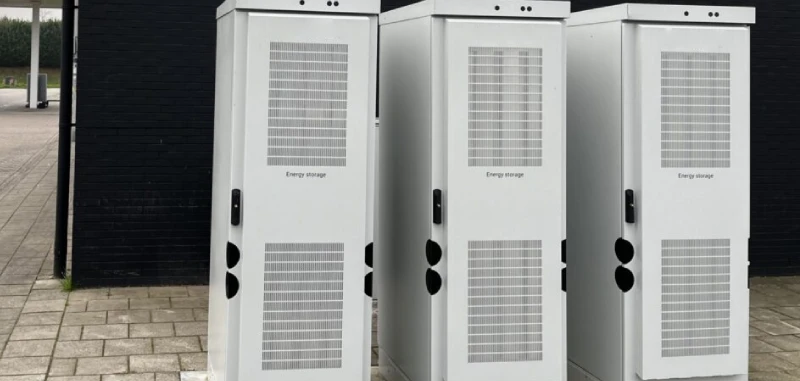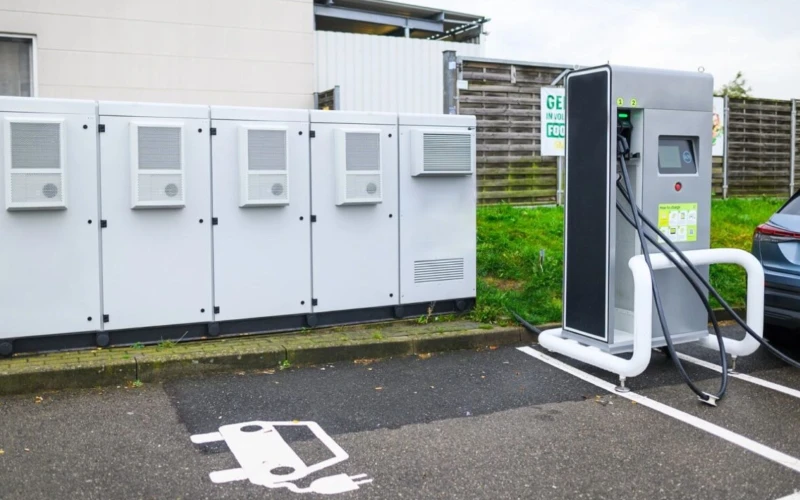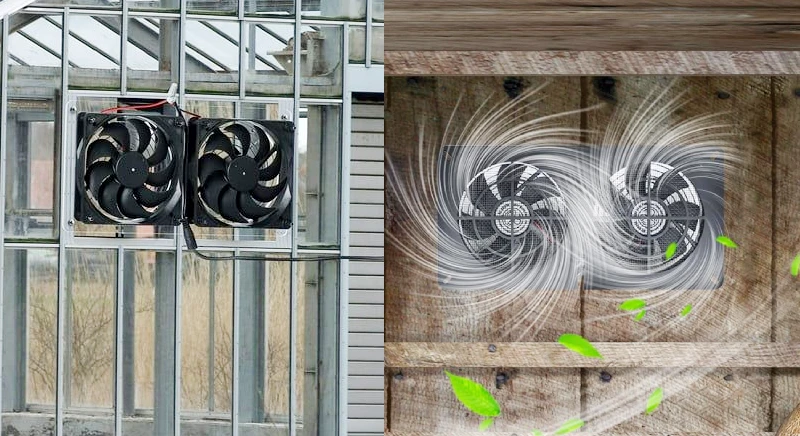When designing electronic circuits, the choice between momentary and latching push buttons is fundamental. Understanding the distinct operational differences of each is crucial for optimal circuit performance and user interaction.
This blog post will delve into the characteristics of momentary and latching push buttons, highlighting their applications and helping you determine which type best suits your specific project needs.
What are Momentary Push Buttons
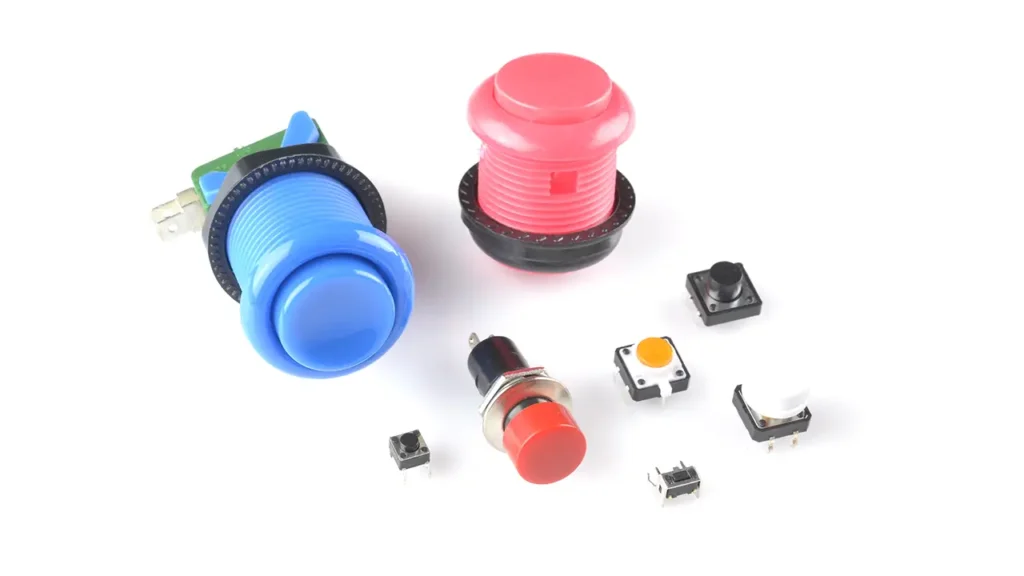
A momentary push button is a type of switch that only activates or changes the state of an electrical circuit for as long as it is being pressed. Once the pressure on the button is released, it automatically returns to its original, default state, breaking the connection.
This “spring-loaded” action makes them ideal for applications requiring brief, temporary interaction, such as doorbells, computer keyboard keys, or the horn button in a car, where you only want the action to occur while the button is actively pressed.
Momentary Push Button Uses
Momentary push buttons are versatile and found in numerous applications where temporary activation is required:
- Doorbells and Buzzers: When you press a doorbell, you only want the chime to sound while your finger is on the button. Releasing it stops the sound, preventing continuous ringing and making them perfect for on-demand alerts.
- Computer Keyboards and Mice: Every key on your keyboard and the buttons on your mouse are momentary. They register an input only for the instant they are pressed, allowing for precise control and rapid typing without accidental continuous commands.
- Car Horns: Pressing the horn button in a vehicle activates the horn only for the duration it’s held down. This ensures that the horn is used purposefully and doesn’t blare continuously, allowing for brief warnings.
- Industrial Control Panels: In machinery, momentary buttons are used for starting motors or initiating specific processes. They provide a “press-and-release” safety feature, ensuring an operation only occurs while an operator is actively supervising it.
- Reset Buttons: Many electronic devices feature momentary reset buttons. A quick press temporarily breaks and re-establishes power or resets a program, clearing errors or returning the device to a default state for troubleshooting.
What are Latching Push Buttons
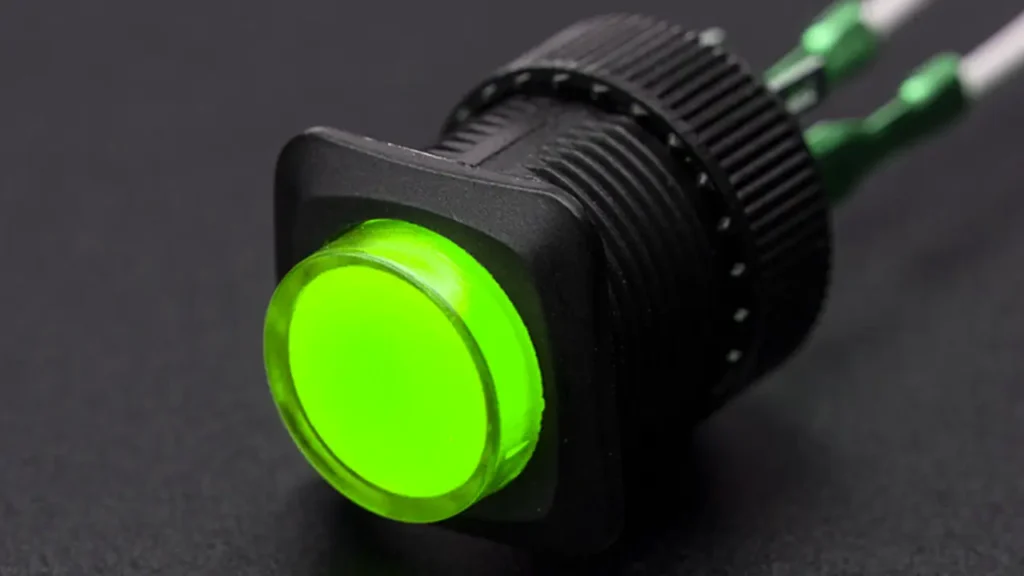
A latching push button, also known as a maintained or self-locking switch, is a type of switch that changes its state (e.g., from off to on) when pressed and then stays in that new state even after the button is released. To revert to its original state (e.g., from on to off), the button must be pressed again.
This “toggle” action makes them suitable for applications where a continuous change is desired without requiring constant pressure, such as a light switch that turns a light on until it’s pressed again to turn it off, or power buttons on many electronic devices.
Latching Push Button Uses
Latching push buttons offer sustained action with a single press, making them indispensable where a continuous “on” or “off” state is needed. Their applications span everyday convenience to critical industrial controls:
Latching push buttons are ideal for applications requiring a sustained change in state:
- Light Switches: The most common example, a latching light switch remains in the “on” position after being pressed until it is pressed again to turn the light “off.” This provides continuous illumination without constant user interaction.
- Power On/Off Buttons: Many electronic devices, like televisions, computers, or stereo systems, use latching buttons for their main power control. Pressing the button turns the device on, and it stays on until the button is pressed again to power it off.
- Appliance Controls: Ovens, washing machines, and other household appliances often feature latching buttons to select modes or initiate cycles. Once a setting is chosen, it remains active until another selection or a power off command is given.
- Industrial Machine Start/Stop: In industrial settings, latching push buttons are used to keep machinery running or stopped. This ensures a consistent state of operation until an operator manually changes it, which is crucial for continuous processes.
- Circuit Breakers and Safety Switches: Some safety-critical applications use latching switches to maintain an “off” state for safety or to keep a circuit open until manually reset. This prevents accidental re-engagement of power until an issue is resolved.Latching push buttons are designed for applications where a continuous change of state is desired with a single press:
- Power Switches for Appliances: Think of your coffee maker, lamp, or television. You press the power button once to turn it on, and it stays on until you press it again to turn it off. This provides convenient, continuous operation.
- Light Switches: The most common example, a latching light switch allows you to turn a room’s lights on or off with a single press, and the lights remain in that state until you toggle the switch again. This is essential for constant illumination.
- Industrial Machine Start/Stop Buttons: In factories, a latching button is often used to start a machine, and it will continue to run until the same button (or a separate stop button) is pressed again. This ensures continuous operation without constant operator presence.
- Emergency Stop (E-Stop) Buttons: While an E-stop button is momentary in its immediate action (it cuts power instantly), many are designed to be “latching” in that they remain pressed in and disengaged until manually reset (often by twisting or pulling out the button). This ensures the machine stays off for safety.
- Alarm System Arm/Disarm: Many security systems use latching buttons to arm or disarm the alarm. Once pressed, the system remains in the armed or disarmed state until the button is pressed again, providing a clear and sustained security status.
Momentary vs Latching Push Button
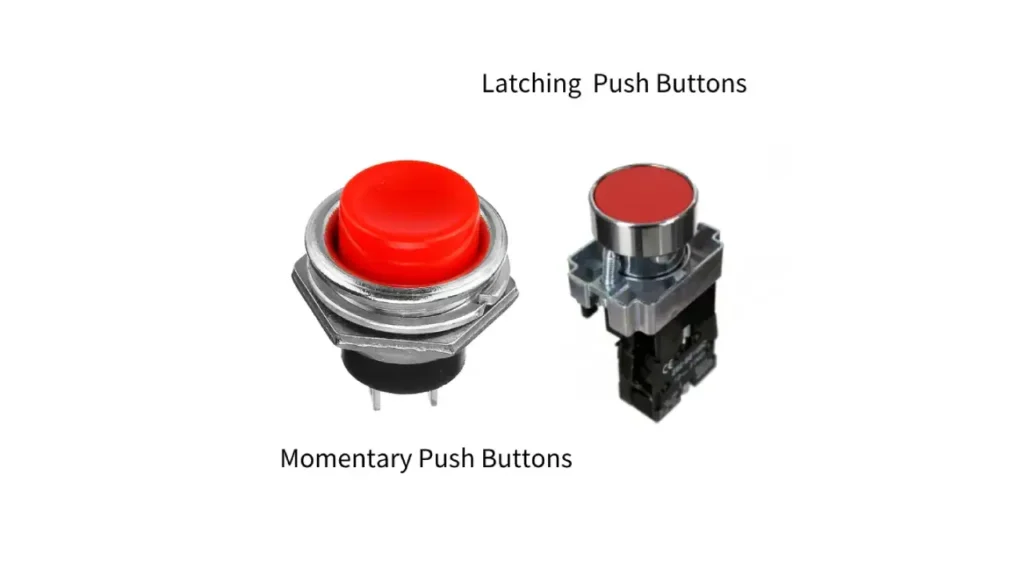
Choosing the right push button is crucial for your project. This guide explores the fundamental differences between momentary and latching push buttons, helping you decide which best suits your needs for various applications.
Operational Mechanism
Momentary push buttons work by creating a temporary electrical connection only while the button is physically pressed. As soon as the pressure is released, an internal spring mechanism returns the button to its original position, thereby breaking the circuit. This makes them ideal for actions that are intended to be fleeting or require continuous user input.
Latching push buttons, on the other hand, maintain their activated state after being pressed, even when the pressure is removed. They typically employ a mechanical or electrical latching mechanism that keeps the switch in its “on” position until it is pressed a second time to return it to the “off” position. This sustained state is useful for continuous operations.
State Indication
Momentary push buttons generally do not have a built-in mechanism to visibly indicate their state (on/off) in a continuous manner, as their active state is momentary. While some may have an LED that lights up while pressed, it extinguishes immediately upon release, offering no persistent visual feedback of an ongoing circuit status.
Latching push buttons often include visual cues to indicate their current state. This can be a physical change in the button’s position (e.g., pushed in versus popped out), or an integrated LED indicator that remains lit when the button is in its “on” state. This clear visual feedback is vital for users to understand the operational status of the device.
Applications
Momentary push buttons are best suited for actions that are brief, require immediate cessation upon release, or serve as an input signal. Common uses include doorbells, computer keyboard keys, car horns, reset buttons on electronic devices, and activation switches for specific, short-duration functions in machinery.
Latching push buttons are ideal for controlling continuous functions where a device needs to remain in a particular state without constant user interaction. Examples include power switches for appliances (like lamps, TVs, or coffee makers), light switches, on/off controls for industrial machinery, and alarm system arm/disarm buttons.
Safety Considerations
For applications where accidental or prolonged activation could be hazardous, momentary push buttons offer a degree of inherent safety. The need for continuous pressure means that if the user releases the button, the operation ceases immediately, reducing the risk of unintended continuous action.
Latching push buttons require careful consideration in safety-critical applications. While convenient, their sustained state means that a device will remain active until manually turned off. For machinery or systems that could pose a risk if left unattended or accidentally activated, additional safety measures like emergency stop buttons (often momentary in their immediate effect but with a latching reset) are crucial.
Wiring Complexity
The wiring for momentary push buttons is generally simpler. They typically involve a straightforward circuit where the button either completes or breaks the connection only when pressed, requiring minimal additional components for basic functionality.
Latching push buttons can sometimes involve slightly more complex wiring, especially if they incorporate internal latching mechanisms or require external circuitry (like a relay or microcontroller) to achieve the sustained “on” state in conjunction with an otherwise momentary switch. However, many off-the-shelf latching buttons simplify this with integrated mechanisms.
Comparison Table
| Feature | Momentary Push Button | Latching Push Button |
| Operational State | Active only while pressed | Changes state and remains until pressed again |
| User Interaction | Requires continuous pressure for action | Single press toggles state (on/off) |
| Typical Use | Doorbells, keyboard keys, horns, reset buttons | Power switches, light switches, machine start/stop |
| State Indication | Generally no persistent visual indication | Often has visual cues (e.g., physical position, LED) |
| Circuit Complexity | Simpler, direct connection | Can be slightly more complex (internal latch, relay) |
How to Choose Momentary and Latching Push Buttons
Selecting between momentary and latching push buttons hinges on the specific function your circuit needs to perform and how you envision user interaction. It’s crucial to analyze the desired operational behavior of your device.
Consider if the action should be sustained or temporary. By carefully evaluating these factors, you can make an informed decision that enhances both the functionality and user experience of your electronic project.
- Required Action Duration: Does your application need the circuit to be active only while the button is physically pressed, or should it remain active after a single press? This fundamental question dictates whether a temporary (momentary) or continuous (latching) action is needed.
- User Feedback Needs: Is it important for the user to visually confirm the “on” or “off” state of the circuit? Latching buttons often offer clear visual cues (e.g., staying pressed in or an illuminated LED), while momentary buttons typically do not, as their action is fleeting.
- Safety Considerations: In scenarios where an immediate stop or disengagement is critical for safety, momentary buttons are often preferred. Releasing the button instantly cuts the connection, minimizing risk compared to a latching button that maintains its state.
- Circuit Complexity: While basic wiring is simple for both, complex applications might influence your choice. Latching functionality can sometimes be achieved with a simple button, but intricate control logic might benefit from a momentary button paired with external latching circuitry.
- Environmental Factors & Durability: Consider the environment the button will operate in and the frequency of use. Momentary buttons, with fewer complex internal mechanisms, might offer slightly longer mechanical life in high-cycle applications compared to some latching designs.
Conclusion
Choosing between momentary and latching push buttons is a critical decision in circuit design, directly impacting functionality and user experience. Each type offers unique advantages, making the “best” choice dependent on your application’s specific requirements.
By carefully considering the operational differences and intended use, you can confidently select the appropriate push button for your project, ensuring reliability and intuitive control.
For all your push button needs, whether momentary or latching, you can find a comprehensive selection and reliable quality by choosing to get wholesale push buttons from Linkwell Electrics.

